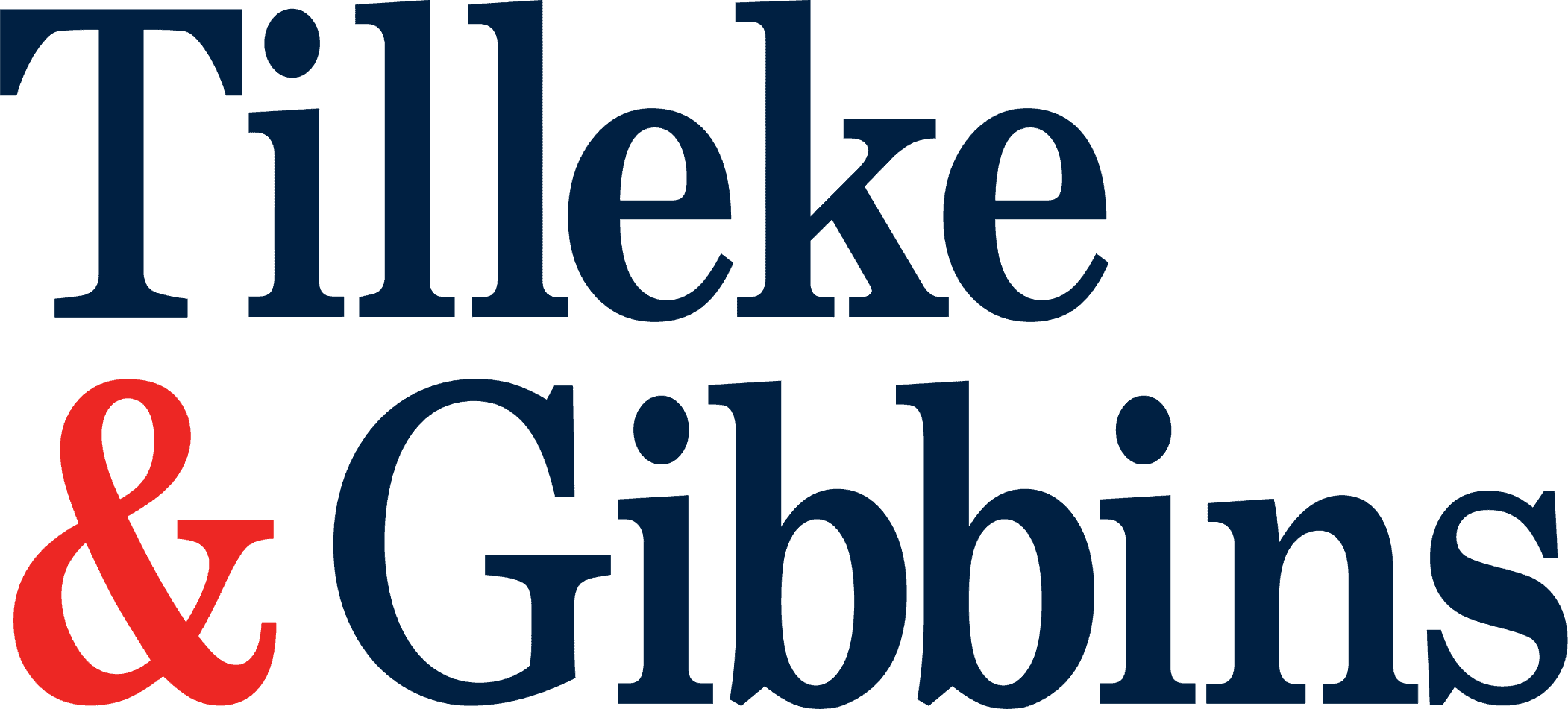
In Vietnam, sexual harassment in the workplace has long been a taboo and undiscussed topic. Few employers have comprehensive policies on sexual harassment, or provide trainings to their employees. Nevertheless, sexual harassment is undeniably present in Vietnam, and represents a major obstacle to women’s equality in the workplace and to their rise to leadership positions.
Vietnam has recognized the need to take action against sexual harassment, and has recently issued comprehensive regulations addressing the handling of complaints, remedies for victims, and disciplinary action against perpetrators. In light of these changes, businesses would be well advised to update their human resources policies, provide regular training to their employees, and carefully consider company-hosted social events.
The New Regulations
The Labor Code 2012, which was replaced at the beginning of 2021 by the new Labor Code 2019, simply prohibited sexual harassment, without including any specific obligations on the part of employers. In fact, employers faced difficulties in disciplining workers committing sexual harassment under the former Labor Code, as it was almost impossible to dismiss an employee for this offense. In order to dismiss an employee, the act of misconduct had to either be listed as a ground for dismissal under the Labor Code or listed in the employer’s Internal Labor Regulations (ILRs), which are the working rules of the employer. In addition to listing the act of misconduct in the ILRs, the employer also had to demonstrate that the misconduct caused damage beyond the monetary threshold set out in its ILRs in order to justify dismissal. Sexual harassment had not been included within the listed grounds for dismissal in the Labor Code 2012, and few employers could demonstrate that the sexual harassment had caused tangible financial damage. Thus, even where employers wished to take action against sexual harassment, they were often frustrated.
The new Labor Code 2019, in contrast, sets out detailed regulations on sexual harassment and adds sexual harassment as a listed ground of dismissal. The Labor Code 2019 defines sexual harassment in the workplace broadly, as “…an act of a sexual nature of any person against another person in the workplace that is unwanted or unapproved by the latter. ‘Workplace’ means any location where an employee is actually working under agreement with or as assigned by the employer.”
This definition is expanded upon in Decree No. 145/2020/ND-CP dated December 12, 2020 (Decree 145), which specifies that sexual harassment “…may occur in the form of a request, demand, suggestion, threat, or use of force to have sex in exchange for any work-related interests” but also includes acts that are not done on a quid pro quo basis. Sexual acts that “…create an insecure and uncomfortable work environment and affect the mental and physical health, performance, or life of the harassed person” are also included. Decree 145 also clarifies that sexual harassment includes physical, verbal and non-verbal acts (such as body language or the display of sexually explicit material or photos).
The definition of “workplace” is very broad under the new legislation. It includes the following: social activities, conferences, training sessions, business trips, meals, phone conversations, communications through electronic media, transportation provided by the employer for the employee’s commute to and from work, or any location agreed or assigned by the employer.
New Obligations for Employers
Employers are now obligated to formulate detailed regulations on sexual harassment that must be included within their ILRs. These regulations must include the following contents:
- A prohibition of sexual harassment;
- Detailed and specific descriptions of behavior that would be considered sexual harassment;
- Detailed instructions on responding to sexual harassment complaints, including the assignment of responsibilities, timelines, and procedures for filing and settling complaints;
- Disciplinary action applicable to perpetrators of sexual harassment and those who make false accusations, which may vary depending upon the nature and seriousness of the offense; and,
- Compensation for victims and remedial measures.
These regulations must ensure that complaints are handled in a quick and timely manner that protects the privacy, dignity, honor and safety of the victims as well as the accused. Employers, together with employee representative organizations (i.e., trade unions), are required to ensure employees are aware of the company’s sexual harassment regulations.
As mentioned, Vietnam has now added sexual harassment as a listed ground for dismissal under the Labor Code 2019. This means that employers may now dismiss employees for committing an act of sexual harassment in the workplace without the necessity to prove the act resulted in financial damages. It should be noted, however, that an employer may apply a less severe form of disciplinary action (i.e., written reprimand, delay of salary increase for six months, or demotion) for sexual harassment, if warranted by the circumstances.
What This Means for Businesses
Businesses that fail to act appropriately to prevent sexual harassment face significant risks. Mishandling a sexual harassment complaint may lead to litigation in court or sanctions from the Labor Inspectorate at the local (provincial or city) Department of Labor, Invalids and Social Affairs (DOLISA). Employees who make a sexual harassment complaint, but are unsatisfied with how the employer has dealt with it, may either initiate a lawsuit or make a formal complaint to the employer. If the employee first makes the formal complaint to the employer, but is still unsatisfied with how the employer has addressed it, he or she may then appeal to the Labor Inspectorate at the DOLISA. At any stage of this process, the employee is entitled to bring a lawsuit in court. Thus, a poorly handled sexual harassment complaint may result in the Labor Inspectorate of the DOLISA issuing administrative fines, or an order of damages from court after a lawsuit.
Employers are liable for the acts of their employees when they are performing duties on behalf of the employer. Thus, employers may face liability for acts of sexual harassment carried out by their employees in the workplace, and be required to compensate victims for damages. Victims of sexual harassment may claim damages arising from monetary losses based on the denial of employment-related benefits due to sexual harassment, such as the denial of a promotion due to the victim’s refusal to comply with the sexual harasser’s requests. In addition, if an employee has suffered from mental health-related issues because of sexual harassment, the employer may be required to compensate the victim for the loss of salary due to sick leave days or associated medical costs. Under the Civil Code, the employer would have the right to seek reimbursement from the employee at fault for such damages, but this additional step would be difficult and costly to undertake and its chances of success would be questionable.
We have informally learned that the DOLISAs have added compliance with sexual harassment regulations to their list of items to be verified in labor inspections of companies. Thus, companies failing to put in place the new required legal measures will face administrative fines. The amount of the administrative fines is uncertain at the time of writing, as a new decree on administrative fines for labor violations addressing the new contents of the Labor Code 2019 has not yet been issued.
A bigger concern than financial damages and administrative penalties is the potential damage to the employer’s reputation resulting from its failure to appropriately address sexual harassment. The “Me Too” movement has demonstrated that the public views sexual harassment as an important issue and is not willing to tolerate a dismissive corporate attitude towards sexual harassment. If a business deals inappropriately with a sexual harassment complaint, the victim could post on social media as well as contact other media sources, resulting in the business losing customers and public trust.
What Steps Need to Be Taken?
Businesses must now take an active and vocal approach to dealing with sexual harassment in the workplace. Sexual harassment is no longer a taboo topic, and employers must ensure they are prepared to deal with this problem.
In order to comply with these new legal changes, businesses must (i) amend their ILRs; (ii) train their staff on the company’s sexual harassment regulations; and (iii) consider other ways to mitigate the employer’s risk of facing a sexual harassment claim:
1. Amendment of ILRs
Employers must amend and update their ILRs to include clear regulations on sexual harassment. We recommend beginning this process right away, as amending ILRs normally takes several months as it requires consultation with the employees’ representative organization and registration of the amended ILRs with the labor authority. Typically, the labor authority requests changes to the first draft of ILRs, so the registration process can be lengthy.
2. Training
Employers, together with the employees’ representative organization, are required to disseminate the sexual harassment regulations. This should be done through regular trainings informing employees of the contents of the regulations with a special focus on behaviors which are deemed “acceptable” and “unacceptable” within the workplace. By setting clear lines at the outset, businesses can avoid situations where employees have different subjective views of what constitutes appropriate conduct, resulting in sexual harassment complaints.
These trainings can also open the lines of communication between the employees themselves, so that when an incident arises, in some cases employees may be able to settle the situation themselves rather than escalating the issue to management or human resources.
3. Considering the company’s risk
The tone from the top is incredibly important in modeling correct behavior for the workplace, and creating the right atmosphere at work. The managing director of the company and upper management should make clear verbal and written statements that sexual harassment is not tolerated within the company.
Businesses should ensure that all managers understand the sexual harassment regulations and model positive behavior for other employees. When promoting individuals to managerial positions, businesses should consider whether this person could effectively handle sexual harassment complaints and model appropriate behavior. Moreover, managers should receive special and additional training as they will likely deal with complaints at the outset.
Businesses will also need to take special care when organizing work parties or retreats. Work-related social activities are explicitly included within the definition of “workplace,” so employers could face liability for the actions of their employees in these situations. As work parties and retreats often involve alcohol, this can create a high-risk situation. Company retreats in Vietnam also often involve a gala performance, so employers should ensure these performances do not include content that could be deemed to be of a sexual nature and create an uncomfortable environment for other employees.
